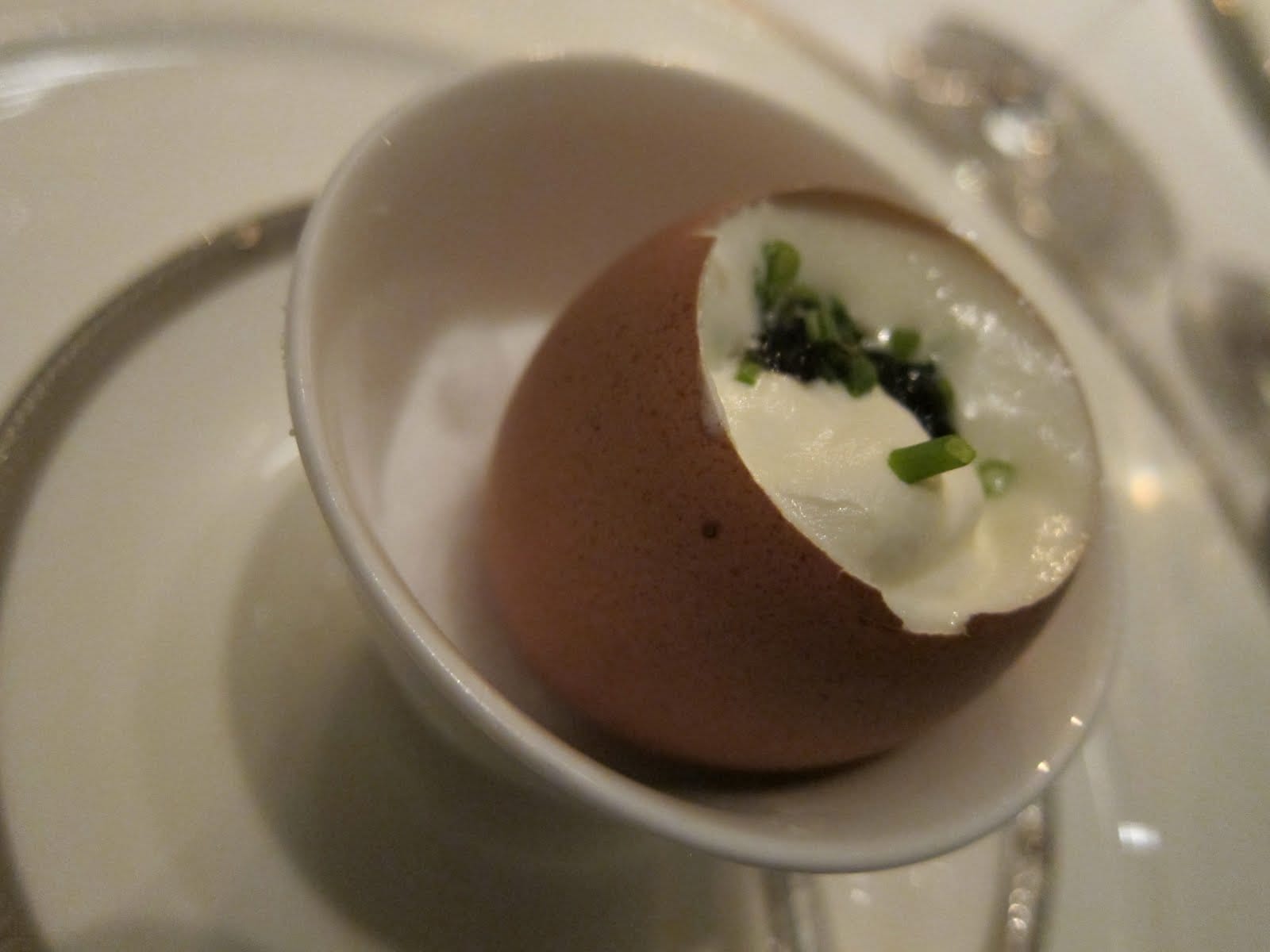
The Big Deal About Little Fish Eggs.
Caviar and fine-dining go hand-in-hand. It is one of the oldest delicacies eaten by kings and aristocracy as far back as the Ancient Greeks, Romans, and Russian tzars. Let’s learn why it’s so special and why it’s so expensive:
All About Caviar
What It Is
Caviar is basically cured fish eggs of a sturgeon fish. These tiny, little, salty, delicate pops of fish roe are crazy expensive, as much as $35,000 per kilo, that’s $1,000 per ounce, from a 100-year old Iranian Beluga sturgeon.
Eating caviar is not only a luxury but also clearly a status symbol. Good thing these fish eggs are rich in Omega-3s.
The best caviar have that perfect balance of curing or salting, which is not too overwhelming and it does not take away from the taste of the fish roe. Because of its saltiness and price, caviar is served chilled in small portions, typically as an hors-d’oeuvre.
When eating caviar, look at the color, taste the flavor, feel the texture, and assess its age. More expensive ones are older with larger eggs that are lighter in color. Lower quality ones are younger with less flavor and darker in color.
Why It’s Expensive
Like with vanilla beans, the main factor for the high price of caviar is the low supply and high demand.
The scarcity of sturgeon fish cannot keep up with the world’s consumption. Of the 27 species of sturgeon, 18 are endangered because of overfishing, poaching, pollutions, and the destruction of natural habitats.
Today, as wild sturgeon harvests are more and more scarce, farm-raised sturgeon have risen in production which has resulted in cheaper, high-quality caviar.
To note, caviar should not be confused with the cheaper fish roes like lumpfish, tobiko, or red caviar with come from other fishes. The most famous and most expensive sturgeon fish are Osetra, Sevruga, and Beluga.
More Reasons for Its High Price
As from the low supply of sturgeon fish, there are more reasons for the steep price of caviar. First of all, the first takes years to mature and produce roe, anywhere between 2 to 20 years.
Secondly, the process of harvesting and manufacturing has multiple steps such as cleaning, harvesting, screening and evaluating, grading the quality, processing, salting, aging, and packing. It is purposefully meticulous in order to uphold the quality of the fish roe.
Then, there’s the quality and grading system which rates the egg’s color, size, age, uniformity, fragrance, lucidity, firmness, and flavor.
And, of course, there’s the supply and demand factor that affects the final pricing. Ultimately, the caviar’s value is determined by its process and the rarity of the fish and roe.
Try It Yourself
If you want to splurge, check out these caviar tins on Amazon. When choosing, check the source code on the bottom of the tin to ensure you are getting true caviar. If you are going for top-notch, look for HUS for Beluga, GUE, for Osetra, STE for Sevruga, or PER for Persian Osetra.
Disclaimer: This article contains affiliate links. As an Amazon Associate, I earn from qualifying purchases. With no additional cost to you, your purchases earn me a commission if you click on the links via my website – Thank you!
Sign up for my newsletter on the sidebar for blog updates and my travel insider tips! And, check out my vlogs on YouTube!


